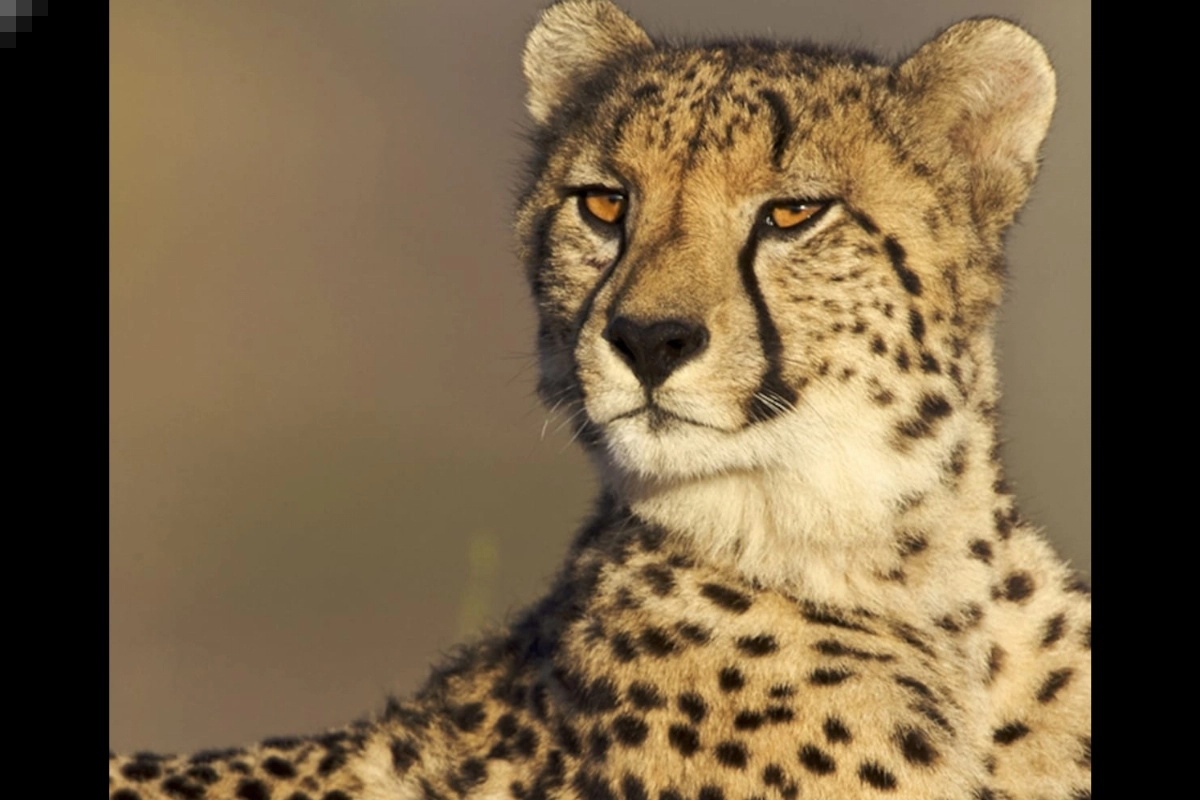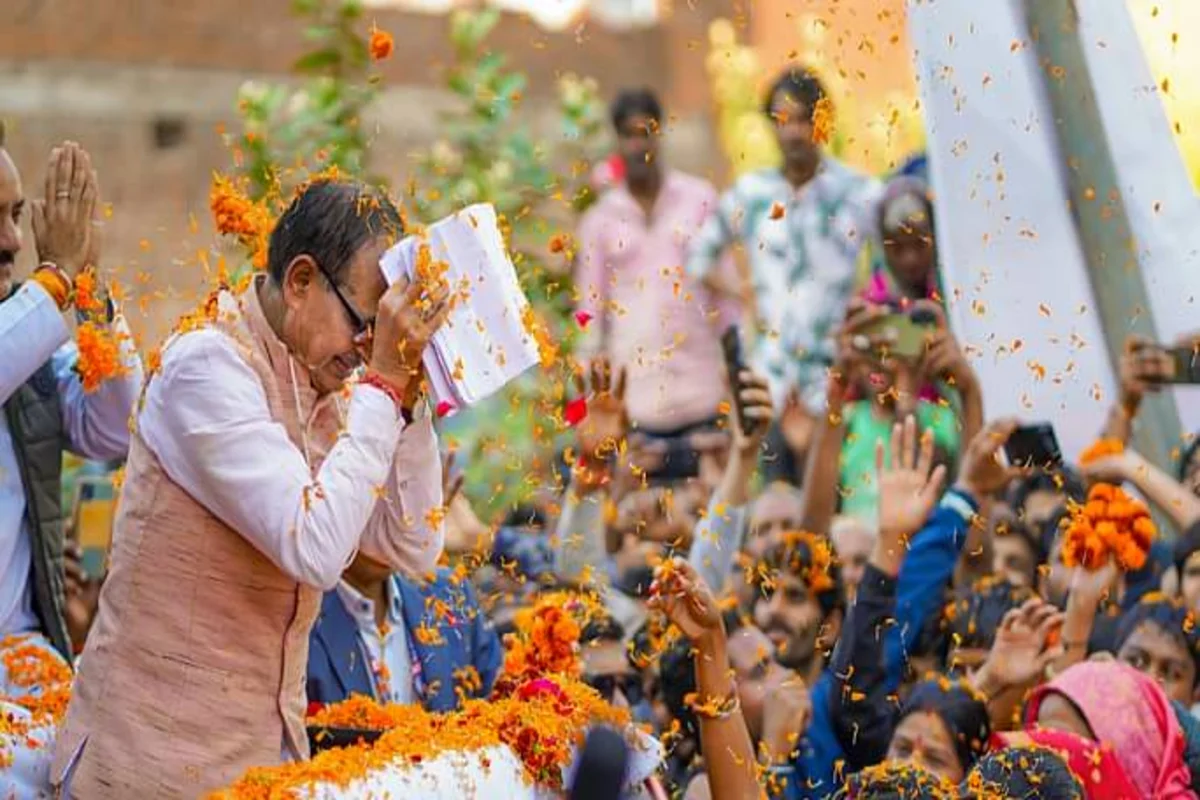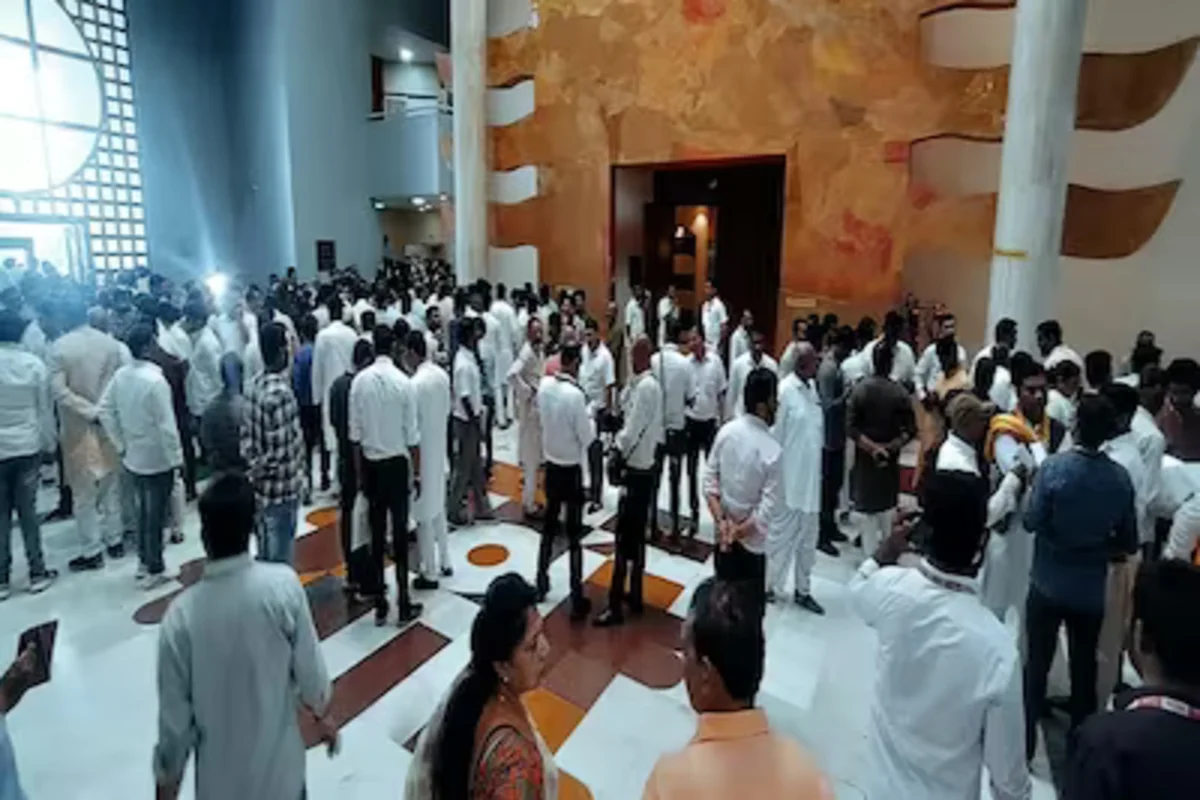Cheetah: Leading conservationist Valmik Thapar expressed concerns about “how the big cat will walk, hunt, feed, and bring up its cubs” at Kuno National Park in Madhya Pradesh, where it faces “a lack of space and prey,” on the same day that eight cheetahs were brought in from Africa as part of a historic reintroduction of the animal in India.
“Hyenas and leopards, two of the cheetah’s main predators, are abundant in this region. If you see cheetahs being chased and even killed by hyenas in Africa, “In an interview with NDTV, he stated. “There are 150 villages nearby, and the dogs there have been known to rip cheetahs apart. It is an extremely kind creature.”
Space vs. speed
He highlighted the different topography when asked why the cheetah, the fastest creature on the planet, couldn’t just outrun its attackers. Cheetahs can flee in locations like Tanzania’s Serengeti National Park where there are vast tracts of grassland. It’s an issue in Kuno unless you turn the forest into grassland; the cheetahs find it extremely difficult to turn rapidly on the uneven, stony terrain.
Can the government turn a forest into a grassland? He posed the hypothetical question, “Does the law permit this?”
Another potential threat to the cheetah in Kuno, according to Mr. Thapar, is the tiger: “One of the reasons why lions could not be relocated is that occasionally even tigers come here from Ranthambore. That doesn’t happen often. However, we will need to enclose that corridor too”.
Will they eat anything?
He also cited difficulties in locating prey. “There are more than a million gazelles in the Serengeti. In Kuno, the cheetahs will have to chase the Spotted Deer, which are forest animals and may hide, unless we raise and import blackbucks or chinkaras (which thrive on grassland). These deer can harm the cheetah since they have big antlers. Injury is also unaffordable for cheetahs because it usually results in death.”
“Blackbucks and chinkaras have to be bred already. I’m not sure why we are taking on something at this level, but we still want to make history, he remarked. Native species are plagued by numerous issues. We must strike a balance.”
Also Read: Chandigarh: Amid Massive Protests, People Appeal Not To Spread Leaked MMS Further
He claimed the cheetah had been a “royal pet” for a very long time and had “never murdered a human being.” “It is so delicate and gentle. The move presents a significant difficulty.”
Prime Minister Narendra Modi pulled the lever earlier today while sporting sunglasses and a safari hat to let a group of cheetahs from Namibia into a designated cage in Kuno.
After unleashing the large cats, the Prime Minister, who was celebrating his birthday today, was seen taking pictures with them. Before being released in the park’s open forest regions, the cheetahs—three males and five females—will spend around a month in quarantine enclosures.
In India, the species was deemed extinct in 1952.
They struggle with reproduction, as Valmik Thapar emphasised. “Only 6,500 to 7,100 of them remain in existence. Additionally, 95% of cubs die at this stage, which is the mortality rate. For the time being, eight have been added, and over time, there will be an increase to 35. It is a large task. To make sure they are still alive, they must be watched over constantly”.
Keep watching our YouTube Channel ‘DNP INDIA’. Also, please subscribe and follow us on FACEBOOK, INSTAGRAM, and TWITTER.












